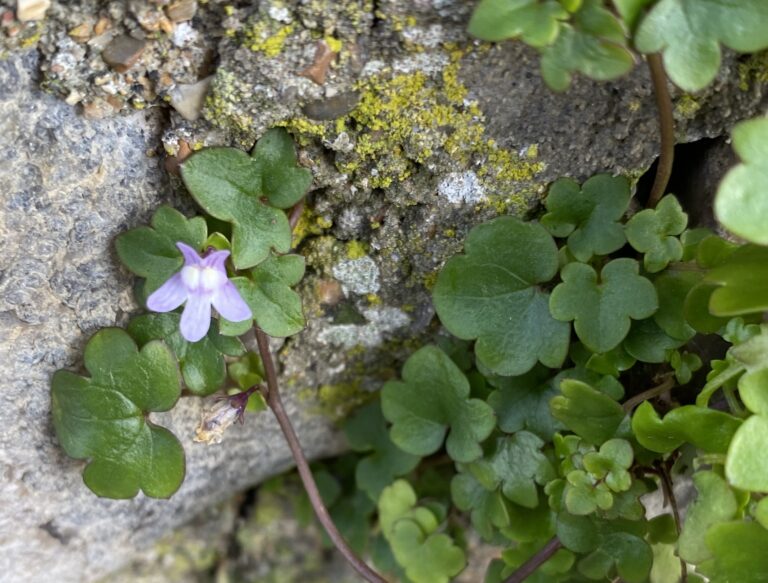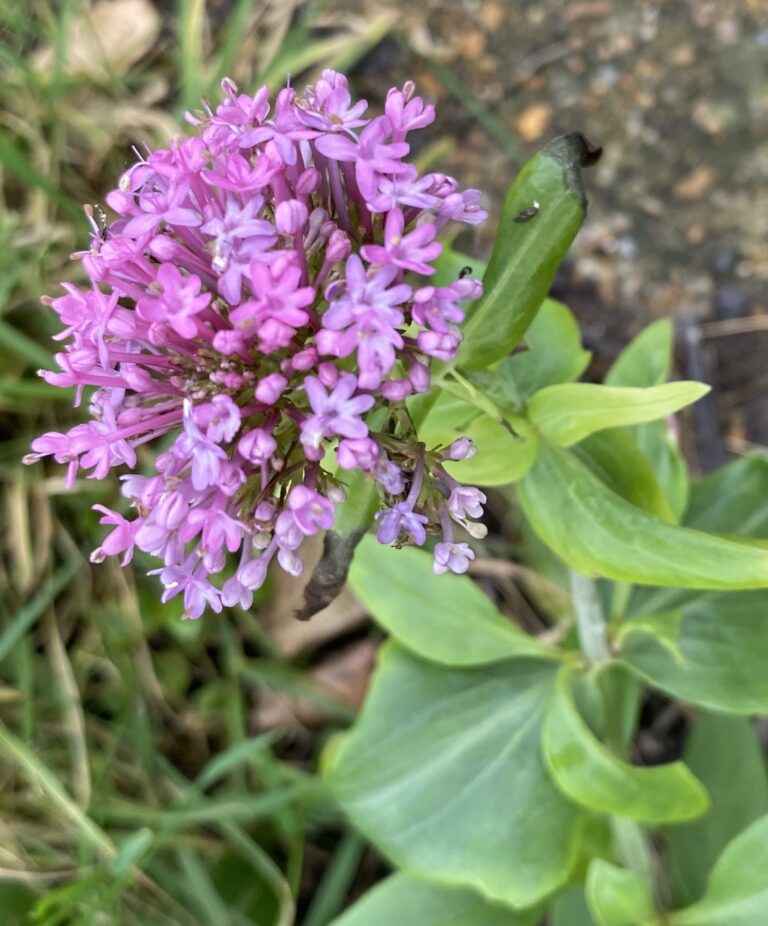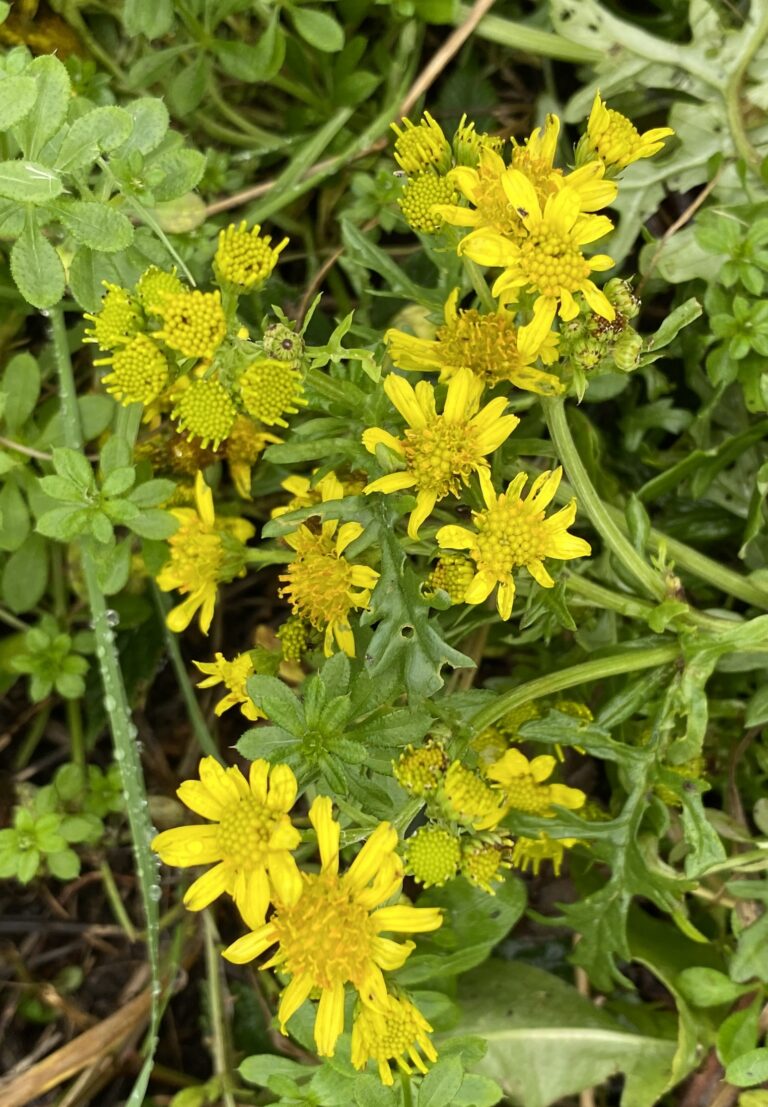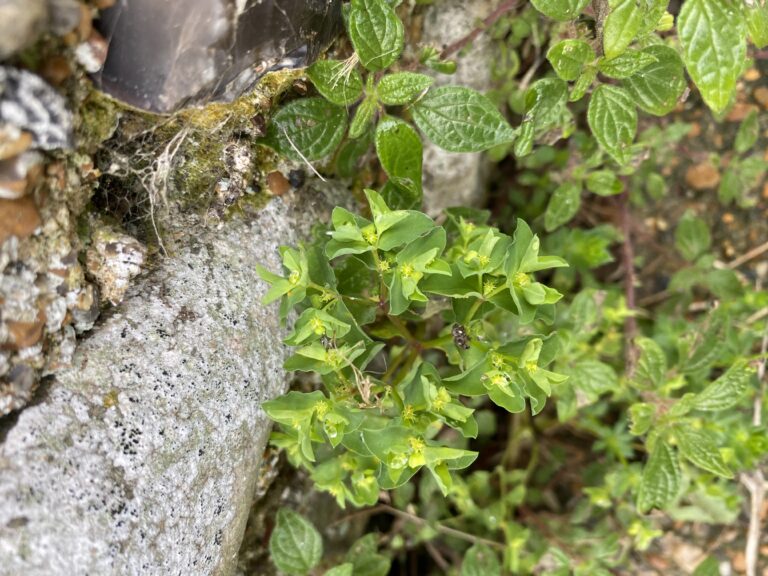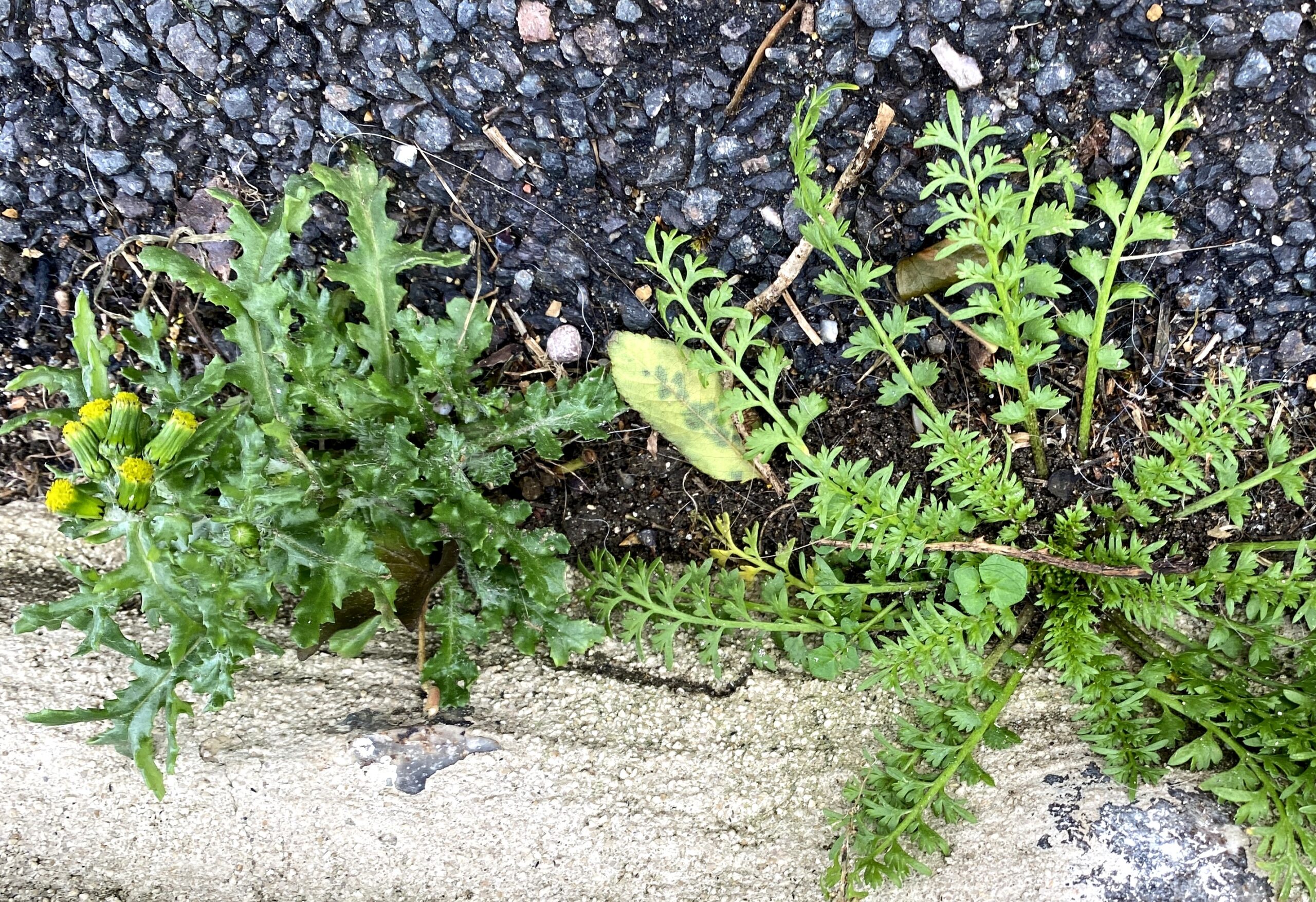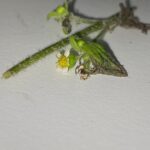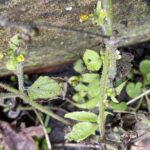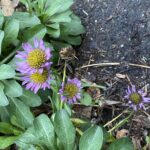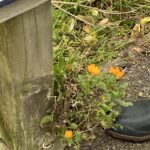We did it! Despite horrendous weather forecasts, gale force winds and a flood warning, a few of us ventured out to do the 2025 New Year Plant count.
We stuck to paths and pavements and took about 2 hours + time for refreshments. Do feel free to follow our footsteps and look out for these and other plants along the way. The BSBI have useful spotting sheets to download – e.g. the BSBI top20 NY plant count spotted plants. This may help you on the this route, or elsewhere. We are always interested in what has been spotted!
Despite the conditions we managed to spot 23 species in all on a route from Morrisons, through the Salts, up the top end of Edinburgh Road to Claremont and back along the A259 to the station.
The most interesting sighting was the Shaggy soldier (Galinsoga quadriradiata) which still had a few open flowers, near the planting beds outside Morrisons! Do take a look when you are passing. It’s quite tricky to distinguish this one from gallant soldier (Galinsoga parviflora) there are some identification tips in Brian’s blog from 2023 here
From Morrisons we crossed the road, where Groundsel (above left) and Annual meadow grass were happily growing along the pavement edge. Into Richmond road and we spotted a lot of Pellitory-of-the-wall (Parietaria Judaica – a common weed with reddish stems in the town often on walls!) Some of it did indeed have small flowers open along the stem. On the same wall, we spotted just one cute little Ivy-leafed toadflax in flower.
We took a quick walk around Richmond road and the surgery car park too. This was a surprisingly interesting patch and flowers included Red valerian, Oxford ragwort, Yarrow, Herb Robert and Silver ragwort. There were also interesting seed heads in evidence including wild carrot and teasel. Seeds can often travel on car tyres, and turn up growing in carparks!
Back into the Salts, and buffeted by the gales, the areas of grass near the paths were a little less interesting, but there were plenty of Daisies and a few Dandelions.
We stopped for a welcome hot drink at the café, and as the forecast deluge had not arrived, two of us then decided to detour back to the start along Park Road/Edinburgh Road and the A259. Along Park road we spotted Petty spurge growing against a garden wall. This spurge flowers all year and is common in gardens, pavement cracks etc. Usually quite small with irregular heads of greenish flowers.
The area in front of Claremont shops is often good for wildflowers which seem to appear here earlier than other places. We spotted a Sweet violet (on the edge of a pavement) and Common chickweed and Shepherd’s purse on the edge of the kerb not far from the bus-stop.
Heading back along the rather more sheltered pavement along the A259, we managed to spot a Hairy bittercress in the pavement cracks and behind the hedge line, to find a few Ivy flowers, Smooth sow thistle and Bristly oxtongue.
Also in evidence were some garden escapees including Pot marigold and Seaside daisy. The last spot of the day was Canadian fleabane at the edge of the station. There was another interesting plant beyond the wire fence but we couldn’t get near enough to get to the bottom of its identification.
Back at the station we had a look at the rapidly increasing population of Mediterranean thistles (as mentioned in Brian’s blog a few weeks ago)
Thanks so much to all our volunteers. Our results have been submitted to the Botanical Society of Britain and Ireland, where they provide invaluable data to see how our flowering plants are responding to climate challenges.
Seaford Action for Nature
Seaford Action for Nature run regular plant surveys, and always welcome new volunteers. We always welcome more people to help with surveys regardless of your level of expertise. We also need people to review the results, assist with more complex identifications, and ensure these are promptly recorded with the most appropriate authorities. Do let us know if you would like to help or would just like to find out more. (email ontheverge@renaturingseaford.org)
